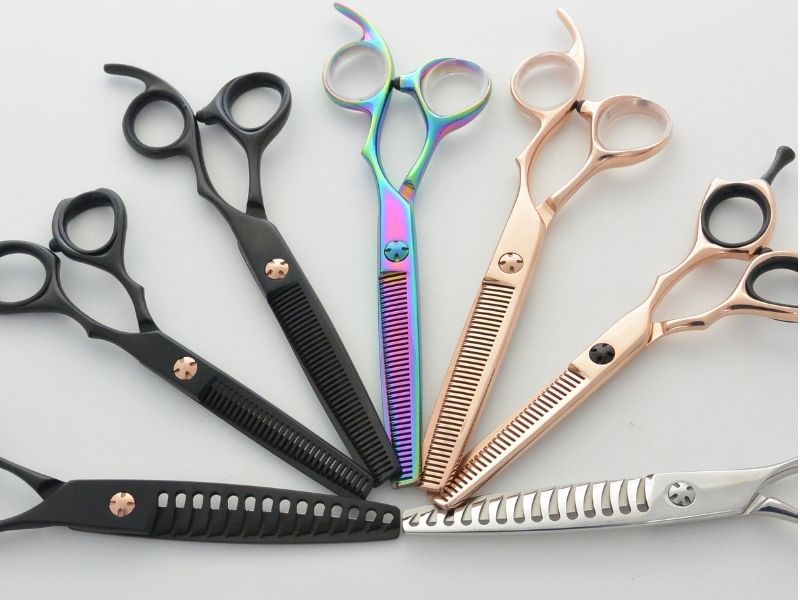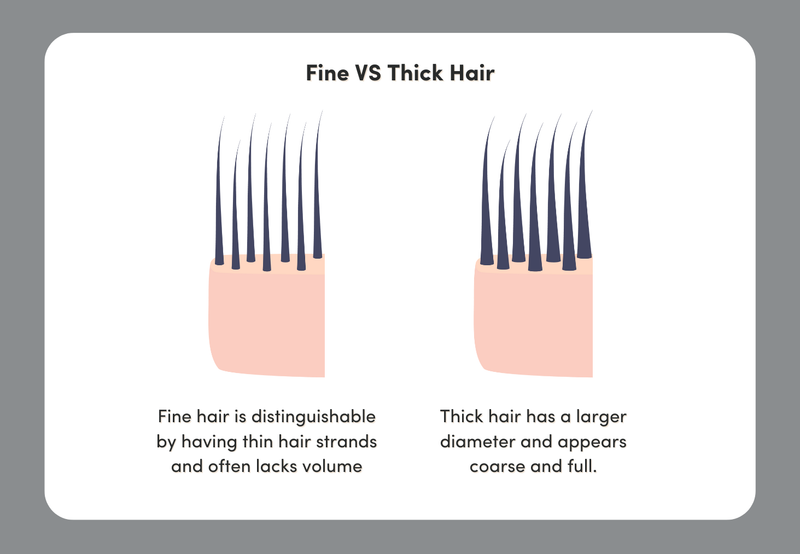Thinking about getting your thick mane thinned out at the salon? This common hair service can transform your heavy locks into a more manageable style. But before you book that appointment, there are some important things you should know. These tips will help you avoid surprises and make sure you’re happy with your lighter, thinner hair.
1. Know What Hair Thinning Actually Means
Hair thinning removes bulk without losing length. Your stylist uses special scissors or razors to reduce volume from the mid-lengths and ends.
Many clients confuse thinning with texturizing or layering, which create different effects entirely.
2. Thinning Won’t Work For All Hair Types
Curly or already-fine hair shouldn’t be thinned! The technique works best on thick, straight, or wavy hair types.
On curly hair, thinning can create frizz and unpredictable texture. Fine-haired folks might end up with stringy ends rather than the intended effect.
Related: -7 Straight-Hair Problems No One Talks About And 8 Easy Fixes That Shine
3. Communicate Your Expectations Clearly
Bring reference photos showing your desired end result. Stylists aren’t mind readers! Explain if you want subtle thinning or dramatic volume reduction.
Be specific about where you want volume removed—crown, ends, or throughout—to avoid misunderstandings.
4. Less Is More When Thinning Hair
Experienced stylists remove hair gradually, checking results frequently. Once hair is thinned, you can’t put it back!
Start with minimal thinning—around 10-15% of volume—then decide if you need more. Overly thinned hair can look flat and lifeless.
5. Consider Your Hair’s Natural Growth Pattern
Cowlicks and growth patterns become more noticeable after thinning. Hair that grows in different directions might stick up oddly when weight is removed.
A skilled stylist analyzes these patterns first, avoiding thinning in problematic areas.
6. Thinning Can Affect Your Styling Routine
Lighter hair behaves differently! Styles may not hold as long, and you’ll likely need less product. Blow-drying becomes faster and easier.
But beware—some styling techniques that worked for your thick hair might not work after thinning.
7. Weather Impact Becomes More Noticeable
Humidity affects thinned hair more dramatically. Your newly lightened locks might frizz easier in damp conditions or fall flat in dry weather.
Seasonal changes might require adjusting your thinning routine throughout the year.
8. Maintenance Requirements Change
Thinned hair typically needs more frequent salon visits. As hair grows, the contrast between thinned sections and new growth becomes obvious.
Plan for touch-ups every 6-8 weeks to maintain the effect, compared to 8-12 weeks for regular trims.
9. Your Hair Texture Might Feel Different
Post-thinning, your hair’s texture changes noticeably. Some clients love the lighter feel, while others miss their hair’s former fullness.
The ends might feel more wispy or even slightly damaged if thinned with certain techniques.
10. Thinning Techniques Vary Widely
Ask about your stylist’s preferred method: texturizing shears, slide cutting, or point cutting. Each creates different effects and levels of thinning.
Razor thinning creates the most dramatic results but may cause more damage than scissors-based techniques.
11. Consider Your Long-Term Hair Goals
Growing out heavily thinned hair takes time. If you’re planning a major style change soon, thinning might complicate future cuts.
Discuss your six-month hair plan with your stylist before committing to significant thinning.
12. Thinning Can’t Fix All Hair Problems
Thinning won’t correct split ends, damaged hair, or poor previous cuts. It’s a texture-changing technique, not a repair method.
Some clients mistakenly request thinning when they actually need layers, a different cut, or treatment for damage.













